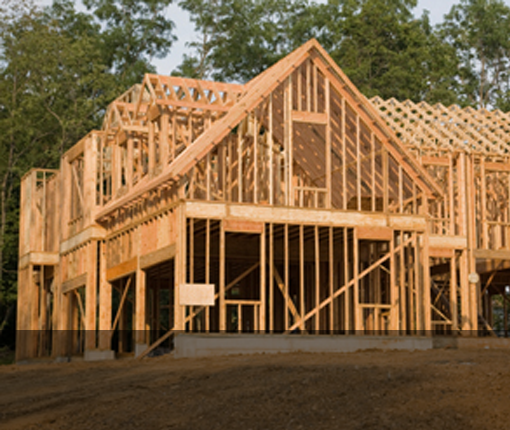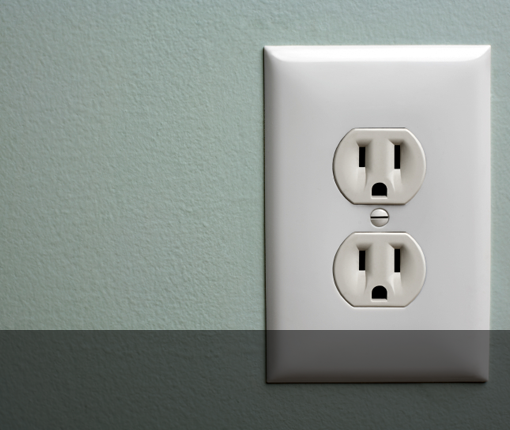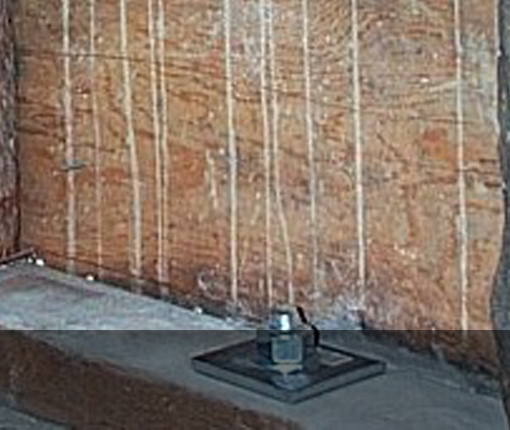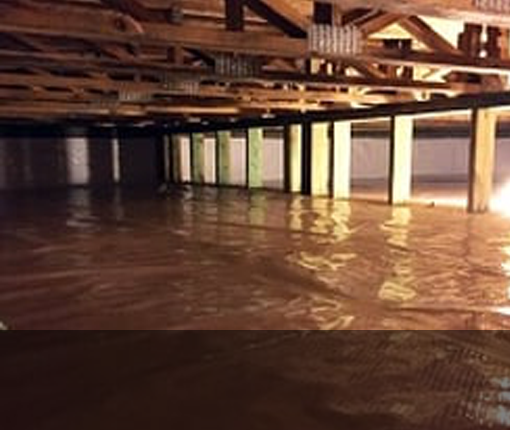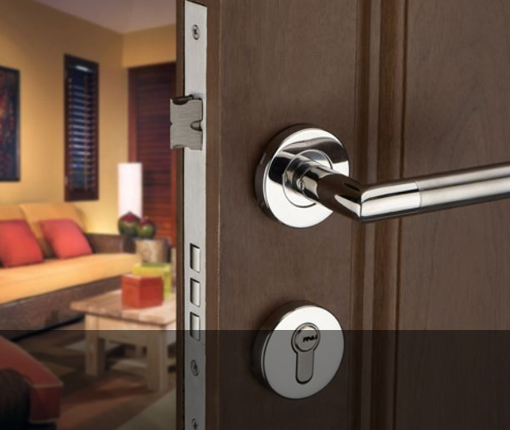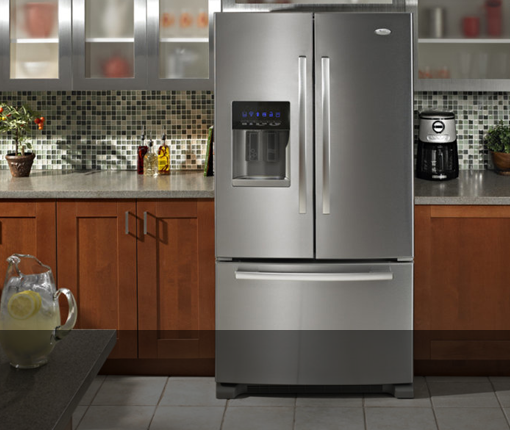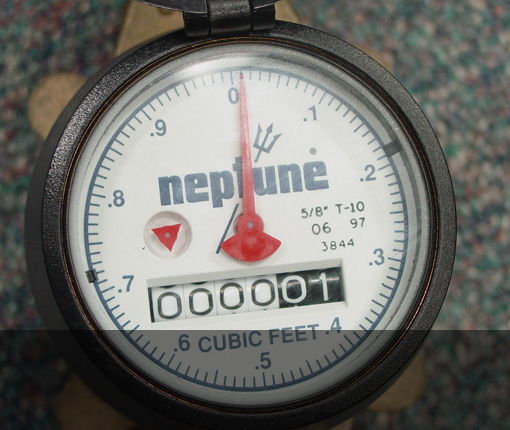Thermostat
A thermostat is a handy heating and cooling control system interface device based on a thermometer. mount the unit conveniently on the wall at head height. The device senses and allows you to control the temperature of your home. These devices do this by turning the climate control system on and off till the desired temperature is achieved. This on/off cycling continues as needed to maintain the temperature.
Location the thermostat in an area of the room where the temperature will closely match what the human occupant will actually feel.

Program high tech thermostats to conform temperatures to times of your liking. For instance at different times of the day and for different days of the week. This may be handy saving energy when no one is home or everyone is in bed.
Smart Thermostats for easy heating and cooling control
These heating and cooling control devices have evolved quite a lot in the last few years. Some now can actually “learn” your habits and comfort levels. They can even sense motion so they know you are home or in a particular room. I find that kind of creepy actually, but many people like these features.
A thermostat triggers the climate control system to come on automatically when the temperature varies from the setting you have selected. Once the system is on, moving the thermostat setting will not heat or cool the home any faster. They will keep the heating or cooling system running just long enough to achieve the temperature setting.
Heating and cooling systems are considered adequate if they can establish and maintain a temperature of 70 degrees F. Measure temperature in the center of the room, 5 feet above the floor.
In extremely cold temperatures (10 degrees below zero or colder), the system should be able to maintain a temperature differential of 80 degrees from the outside temperature.
Maintenance
- 1x per year: Change thermostats back up batteries often. Calibrate thermostats to within plus or minus 5 degrees.
- 1x per year: Vacuum any dust from around the thermostat.







